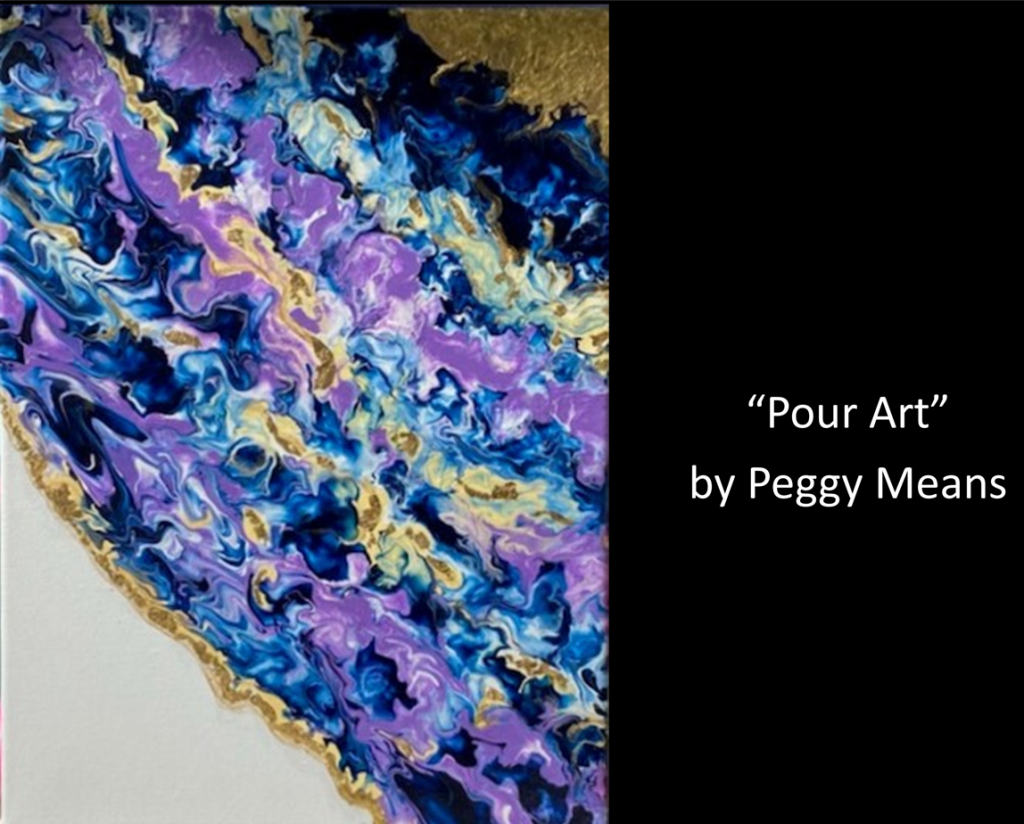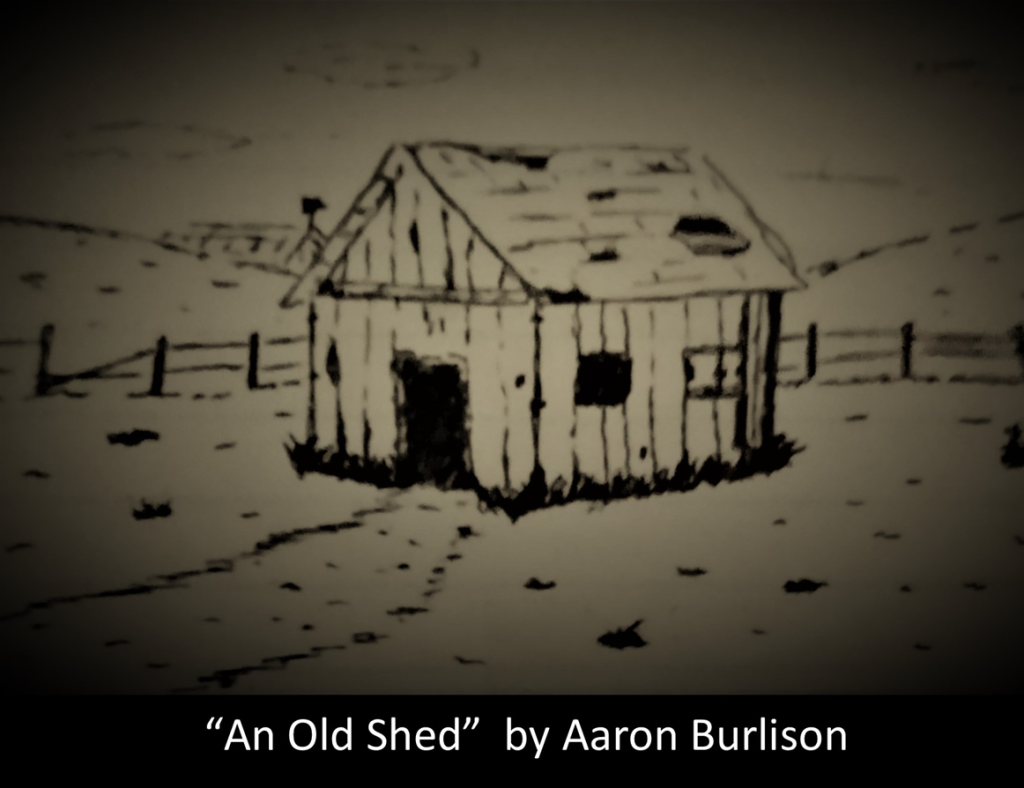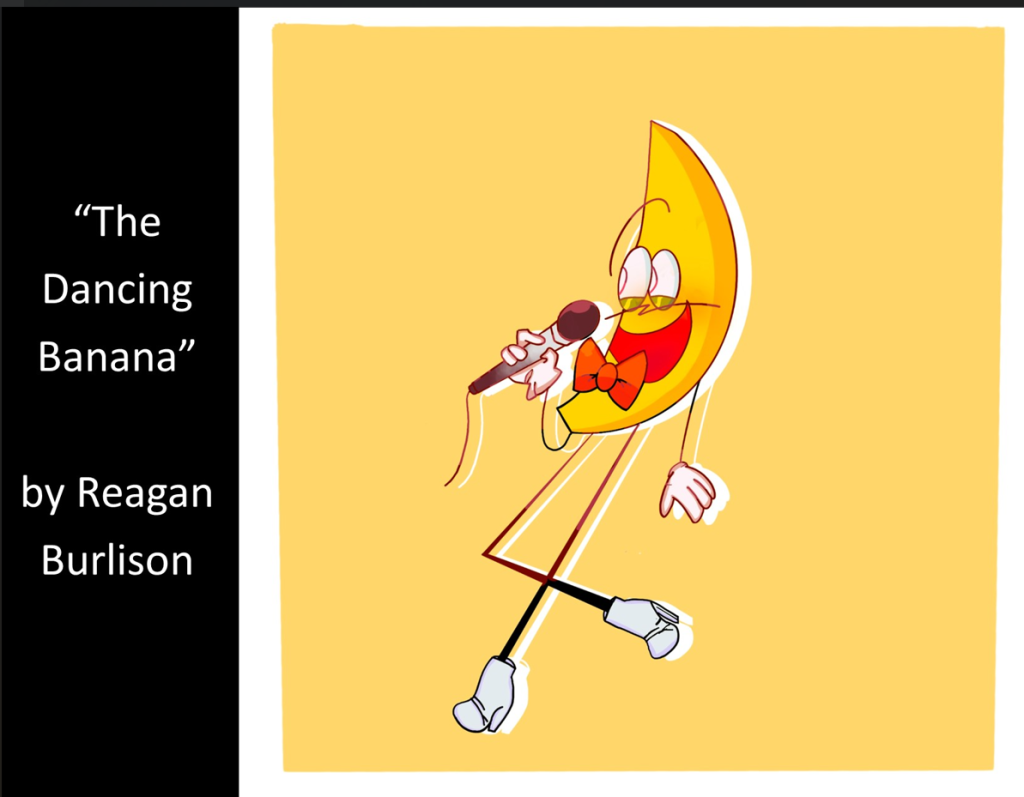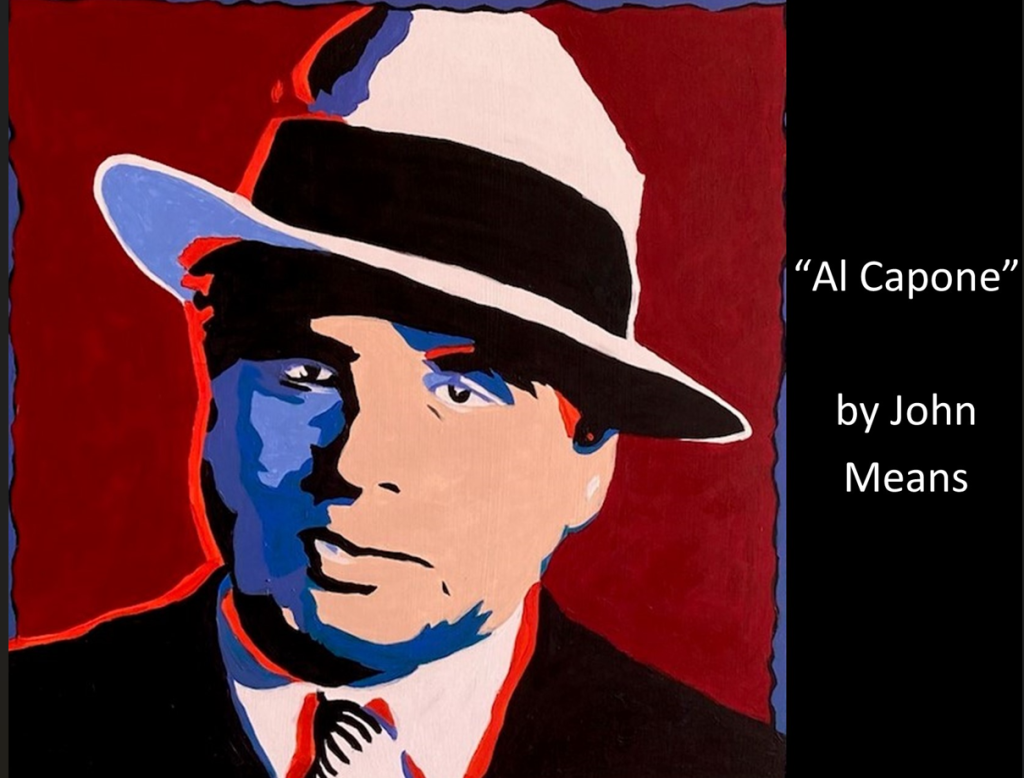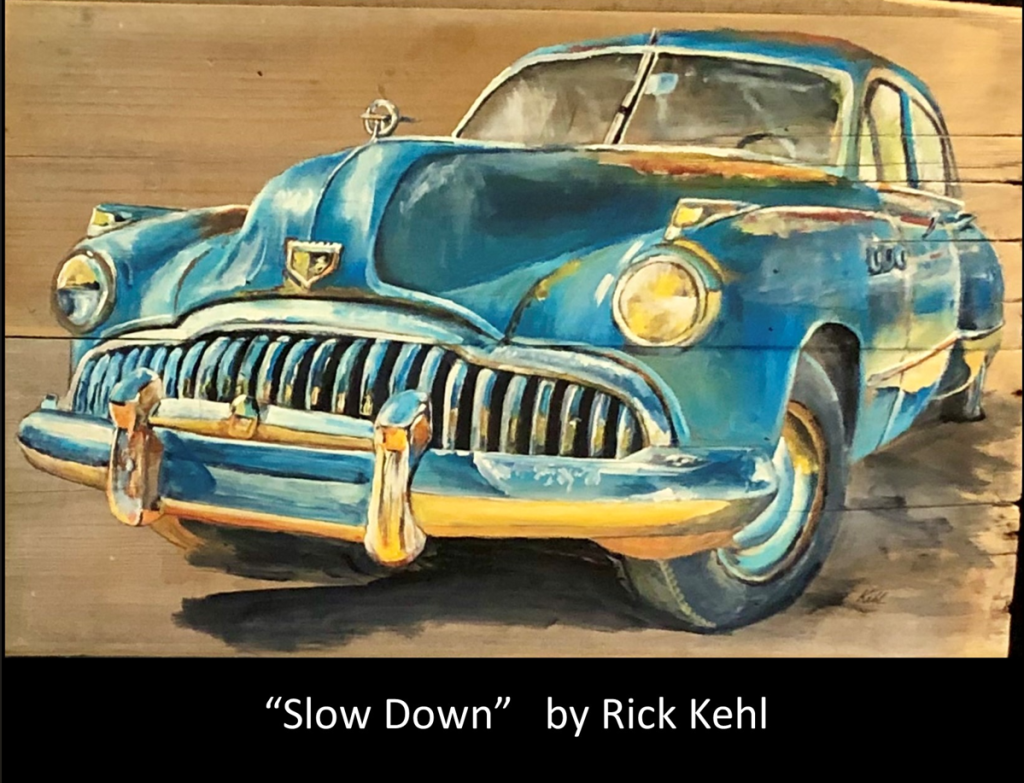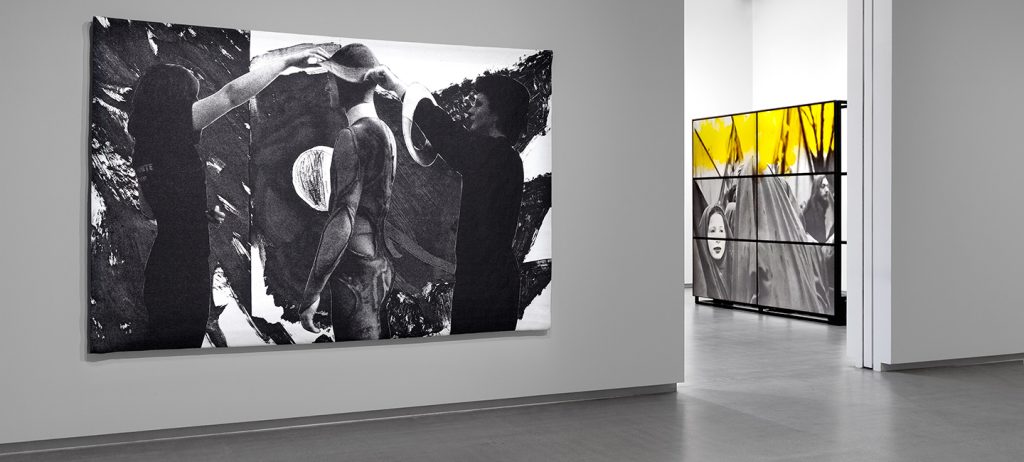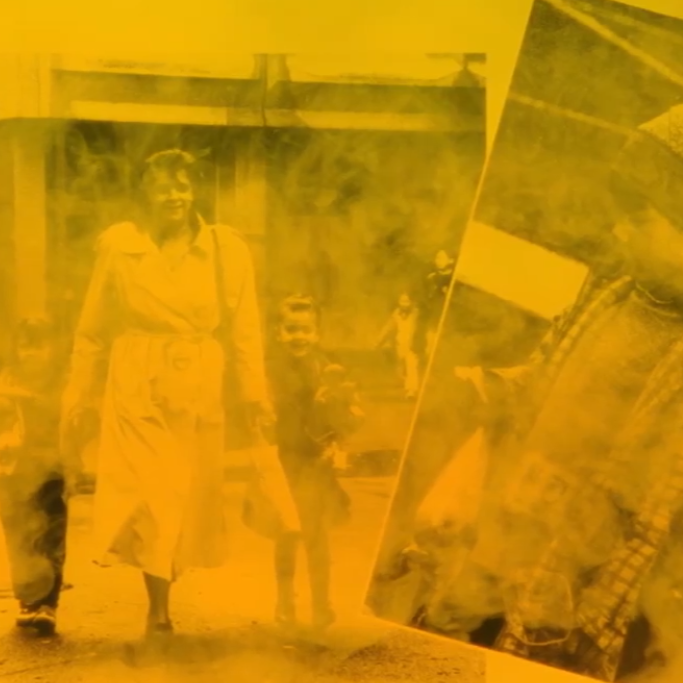For their first Slow Art Day, Ellie Harold Studio and Gallery in Frankfort, Michigan, a small town of 1,500, hosted a slow looking event from 12 – 4 pm in her home-based venue. One of the things we love about Slow Art Day is that it happens in national museums, regional museums, movie theaters, and even local home-based galleries.
On April 15, Ellie Harold displayed a variety of paintings from her private collection, one large painting of her own, and a sculpture.




The whole town embraced this first Slow Art Day in Frankfort. Not only did a large group of people come out to view the Slow Art Day, but the local paper, Benzie County Record Patriot, also ran a substantial article.

For the event itself, the gallery handed each participant a sheet with suggestions for slow looking and a blank space and pen for writing down notes:
SUGGESTIONS FOR SLOW LOOKING
- Gaze at a spot and let it reveal itself to you.
- How do the colors make you feel?
- Look at details.
- Follow a path through the painting with your eyes.
- Find different textures in the painting.
- What comes forward and what recedes?
- Does the painting take you up, down, or all around?
- Look for rhythm or pattern.
- Where in the painting do your eyes want to rest?
- Does the painting have a message for you?
- What else do you notice?
Most participants took 45 minutes to 1 hour to look at the pieces. Since the event took place in Ellie’s home, there was more artwork on display than what was selected specifically for the event, and some visitors chose to look slowly at those as well. During the event, Ellie walked around and discussed the experience with participants. She also later published a blog post: “Slow Art Day: Taking Time to Gaze.”
“Everyone reported having a positive experience and said that the exercise would change how they view art in museums going forward.”
Ellie Harold, Gallery and Studio owner
As we noted, we are always happy to see Slow Art Day being embraced by towns and institutions of all sizes and scale around the world. We welcome Ellie Harold Studio and Gallery to the Slow Art Day community, and look forward to their event next year, which will expand to include several artists.
-Johanna, Ashley, Jessica Jane, Phyl





